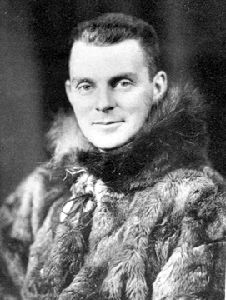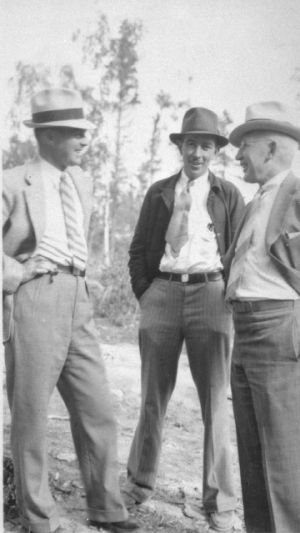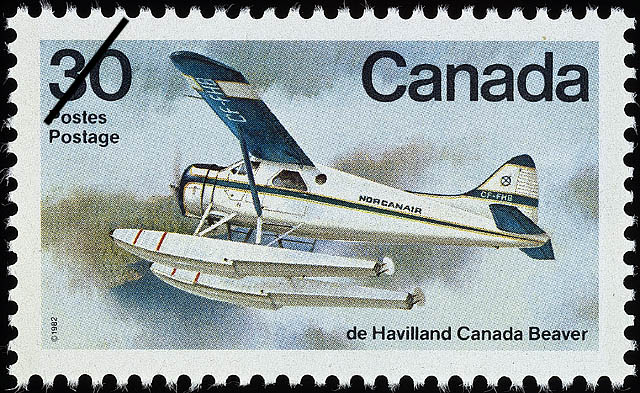C.H. “Punch” Dickins National Historic Person (1899-1995)

© Archives of Manitoba / Canadian Airways Limited fonds / PR1978-188, [ca. 1933], C162 photo, ON732
C.H. “Punch” Dickins was designated a national historic person in November 1995.
Historical importance: Career as a bush pilot was synonymous with the development of commercial aviation in the Canadian North; a distinguished pilot during the First World War.
Commemorative plaque: Snye Point Park, Fort McMurray, AlbertaFootnote 1
C.H. “Punch” Dickins (1899-1995)
For nearly half a century, the legendary “Punch” Dickins played a leading role in Canadian aviation. A distinguished airman during the First World War, he gained renown in the 1920s and 1930s as a pioneering bush pilot. He flew vast distances in Canada's North, demonstrating the feasibility of flight in remote areas, the coldest weather, and the most difficult landing conditions. In the 1940s, Dickins contributed to the design of the de Havilland Beaver, an airplane famous for its short take-off and landing capabilities. His endeavours helped make Canada a world leader in frontier aviation.
C.H. “Punch” Dickins (1899-1995)

© Library and Archives Canada
Clennell Haggerston (“Punch”) Dickins played a leading role in Canadian aviation for nearly half a century as a distinguished pilot during the First World War, as a pioneering bush pilot through the 1920s and 1930s, and through his contributions to the design of the de Havilland Beaver in the 1940s.
Dickins was born in Portage la Prairie, Manitoba, in 1899, and raised in Edmonton, Alberta. He was studying at the University of Alberta when he joined the Canadian Forces in 1917. He eventually made his way into the Royal Flying Corps, piloting many reconnaissance and bomber missions during the First World War. Second Lieutenant Dickins received the Distinguished Flying Cross in 1919. He went on to serve as an officer in the Royal Canadian Air Force from the time of its establishment in 1924 until 1927.
That year, he started flying for Western Canadian Airways Ltd. Dickins was pioneering airmail service on the prairies when given the difficult task of flying mining prospectors along a largely uncharted route from Winnipeg, Manitoba, to Baker Lake (today, in Nunavut) and then onwards to Stony Rapids, Saskatchewan. The roughly 6,000 kilometre flight took 12 days to complete and produced invaluable maps of the region. He helped make Canada a world leader in frontier aviation through feats that included flying vast distances in Canada's North, demonstrating the feasibility of flight in remote areas, the coldest weather and the most difficult landing conditions. In recognition of his contributions, Dickins received the McKee Trophy in 1928 and was named an Officer of the Order of the British Empire in 1936.

© Parks Canada

© Parks Canada


© Canada Post Corporation / Library and Archives Canada / 1989-565 CPA
During the Second World War, Dickins helped to organize Ferry Command and took responsibility for several schools associated with the British Commonwealth Air Training Plan. He later joined de Havilland Aircraft of Canada, where he contributed to the design of the Beaver, a small airplane designed to carry passengers and freight into Canada's North, which became famous world-wide for its short take-off and landing capability.
C.H. “Punch” Dickins was made an Officer of the Order of Canada in 1968 and was inducted into the Canada's Aviation Hall of Fame six years later. He died in 1995.
Backgrounder last update: 2019-10-03
The National Program of Historical Commemoration relies on the participation of Canadians in the identification of places, events and persons of national historic significance. Any member of the public can nominate a topic for consideration by the Historic Sites and Monuments Board of Canada.
- Date modified :